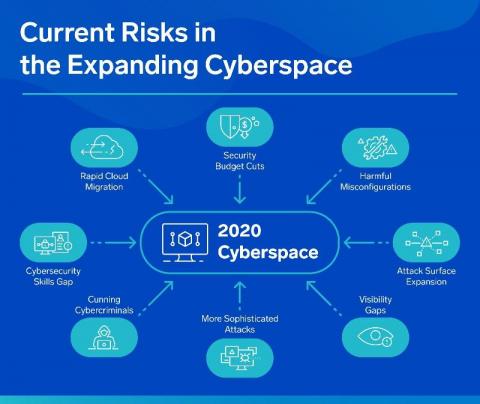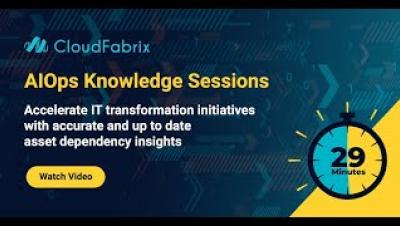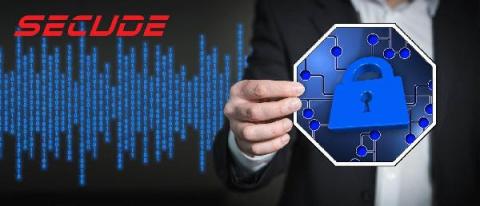Security | Threat Detection | Cyberattacks | DevSecOps | Compliance
%term
How to Reduce the Risk of Misoperations in Your Bulk Electric Systems
Reliability is essential to the functionality of an electric power grid. This principle guarantees that a constant qualitative and quantitative supply of electric power is flowing from a provider to businesses, homes and more. It’s what enables electric power to drive life forward in modern society. As a result, there’s reason to be concerned about events that threaten the reliability of the power grid. Those events include misoperations.
Webinar: AIOps Outcome - Asset dependency insights | CloudFabrix
Why Data Security is Gaining Traction
Bloor Research: what makes a good MDR service?
The diverse and fast-changing nature of the Managed Detection and Response (MDR) market makes the process even more difficult. A new report, MDR Market Guide: reducing the costs and risks of cybersecurity investments, from independent technology research and analyst house, Bloor, outlines the key features to consider when selecting an MDR provider.
What quantum cryptography means for cybersecurity
Just as cybersecurity professionals are getting used to the possible implications of quantum computers, a new front opens in the quantum arms race: using quantum computers for encryption. Though quantum computers remain a largely theoretical threat, some researchers are already working on ways to protect systems against the exponential increase in computing power they represent.
Managed security operations center (SOC) explained
Managed SOC, also known as SOC as a Service, is a subscription-based offering whereby organizations outsource threat detection and incident response. Based on the concept of turning an internal security operations center (SOC) into an external cloud-based service, a managed SOC offers IT organizations external cybersecurity experts that monitor your logs, devices, cloud environments, and network for known and evolving advanced threats.
WhiteSource Attribution Report: New Features
We are excited to announce the immediate availability of WhiteSource’s new attribution report. Our attribution report gives you insight into the compliance requirements of your open source components, including detailed data on your licenses, copyrights, and notices. WhiteSource’s new attribution report features numerous enhancements to the overall user experience.
Attack of the mutant tags!Or why tag mutability is a real security threat
Tag mutability can introduce multiple functional and security issues. In container land, tags are a volatile reference to a concrete image version in a specific point in time. Tags can change unexpectedly, and at any moment. In this article, we’ll learn how we can prevent them.
Making a Case for the Cloud: Customers Give Their Honest Feedback of SaaS-Based AppSec
Before the pandemic, 70 percent of companies were in the early stages of a digital transformation. But given the current circumstances, companies are being forced to speed up those efforts. This statistic, coupled with the FBI’s findings that cyberattacks have increased by 400 percent over the last few months, supports the need for increased application security (AppSec) and the shift toward software-as-a-service (SaaS) models.










